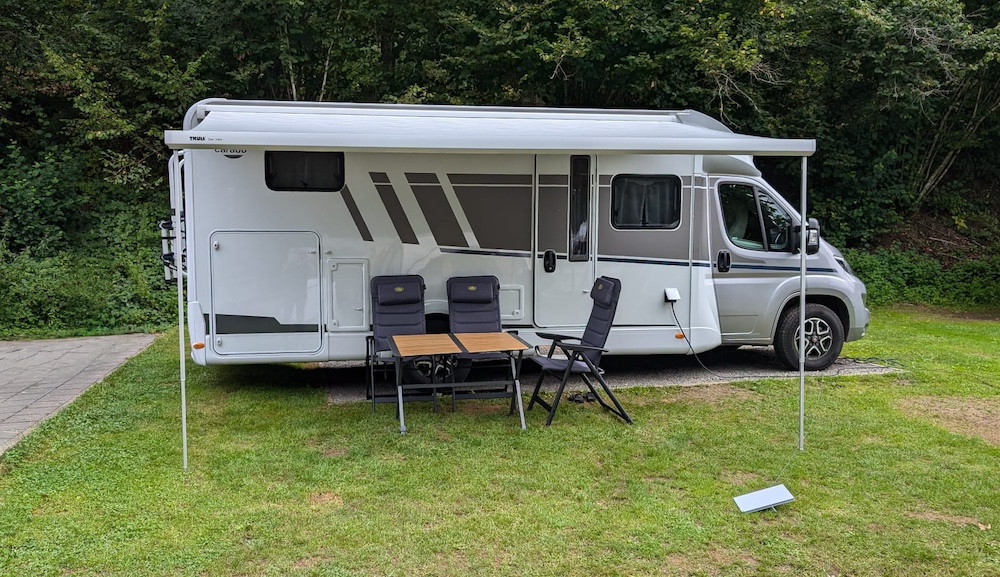At the end of July, Elon Musk’s company Starlink launched the Starlink Mini in Europe. This small satellite dish provides internet access and, with dimensions just slightly larger than an A4 sheet of paper, the Starlink Mini is easy to carry and deploy in locations where internet is otherwise unavailable.
Starlink Mini in the Netherlands
Last month at Dronebotics, we tested the new Starlink Mini for various drone applications. To use the Starlink Mini, a subscription is required. We opted for the Mobile – Regional subscription. After setting up the Starlink Mini and aligning it using the app, we achieved a download speed of 115 Mbps and an upload speed of 15 Mbps. We tested this in several locations across the Netherlands, and the speeds remained stable. Our experience with Starlink coverage in the Netherlands has been positive.
Drone applications with Starlink Mini internet
With these internet speeds, the Starlink Mini is suitable for connecting to the DJI Dock 2. Controlling the drone in the dock and following the live stream is possible at these speeds. The DJI Dock 2 is highly suited for drone security, and the use of the Starlink Mini can make the Dock 2 operational in more remote locations. However, one drawback is that Starlink provides a dynamic IP address, whereas at Dronebotics we always prefer a static IP address.
Bonus tip: Starlink for your camper
Are you an avid camper? Many campgrounds have poor Wi-Fi networks, and adventurers in remote areas often have limited mobile network coverage. In these situations, the Starlink Mini is very useful. Within five minutes, you can access excellent internet. Keep in mind that the Starlink Mini does require power. If no fixed power source is available, the DJI Power 1000 power bank can be used, which will provide enough power for several days of Starlink Mini usage.
